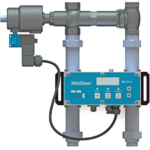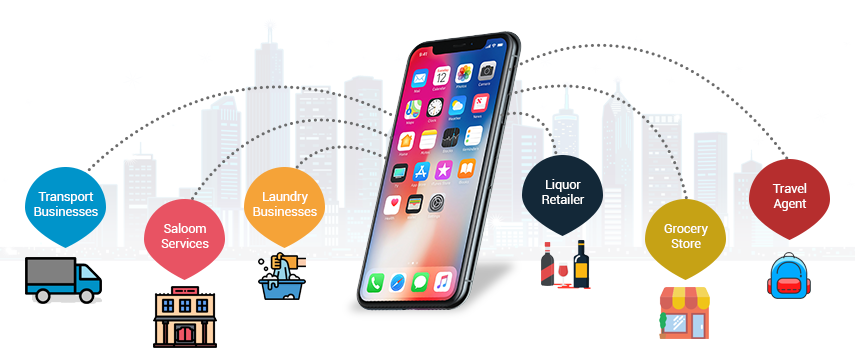Why Usability Testing Matters
Usability testing on the web determines how easily users interact with your website. It highlights potential roadblocks that may hinder user experience. Research by Forrester shows that a well-designed user interface can boost conversion rates by up to 200%.
User-friendly websites retain visitors longer and improve overall satisfaction. This makes usability testing a key part of your web development process.
Types of Usability Testing
Remote Usability Testing
This approach involves users testing your website from their own devices. It provides insights into real-world usage. Remote testing tools like UserTesting and Lookback are excellent for gathering data from diverse users.
In-Person Usability Testing
In-person testing takes place in a controlled environment. A facilitator observes participants as they interact with your website. This method uncovers nuanced feedback and non-verbal cues.
A/B Testing
A/B testing compares two versions of a web page to see which performs better. According to HubSpot, A/B testing can increase your website’s conversion rates by up to 300%.
Eye Tracking
Eye tracking monitors where users look on your website. It’s perfect for optimizing layouts and understanding user focus areas. Tools like Tobii Pro make implementing this technology straightforward.
Key Metrics to Measure
Time on Task
Track how long users take to complete specific tasks. If tasks take too long, you might need to simplify the process.
Error Rate
Measure the number of errors users make. A high error rate indicates confusing navigation or unclear instructions.
Task Success Rate
Calculate the percentage of users who complete tasks successfully. This metric directly reflects website usability.
Net Promoter Score (NPS)
NPS measures user satisfaction and their likelihood to recommend your website. According to Bain & Company, companies with high NPS grow faster.
Conducting Effective Usability Testing
Define Clear Objectives
Start with clear goals. Decide what you want to learn from your usability testing. For instance, focus on improving navigation or reducing bounce rates.
Recruit the Right Participants
Choose participants who match your target audience. Tools like User Interviews can help you find relevant users.
Use Realistic Scenarios
Ask participants to complete tasks that mimic real-life use. This approach ensures accurate feedback.
Record Sessions
Recording usability sessions lets you review insights later. Tools like Zoom or OBS Studio help you capture interactions efficiently.
Analyze Data
Compile findings into actionable insights. Identify patterns and prioritize issues based on their impact.
Common Usability Issues and How to Fix Them
Slow Loading Times
Slow websites drive users away. Google reports that 53% of mobile users abandon sites that take longer than three seconds to load. Optimize images, leverage caching, and use a Content Delivery Network (CDN) to improve speed.
Poor Navigation
Unintuitive navigation confuses users. Implement a clear menu structure. Use breadcrumbs and ensure search functionality is robust.
Lack of Mobile Optimization
A mobile-friendly design is non-negotiable. Statista reports that 58% of global web traffic comes from mobile devices. Use responsive design and test your website on different screen sizes.
Cluttered Design
Clutter overwhelms users. Apply white space effectively. Limit the number of fonts and colors. Keep designs simple and focused.
Tools for Usability Testing
Hotjar
Hotjar provides heatmaps and session recordings. These tools help you understand user behavior on your website.
Crazy Egg
Crazy Egg offers A/B testing, heatmaps, and scroll maps. It’s great for visualizing how users interact with your pages.
Maze
Maze lets you test prototypes and gather feedback early in the design process. It’s perfect for agile teams.
Optimal Workshop
Optimal Workshop specializes in card sorting and tree testing. These techniques help you structure your site effectively.
Actionable Insights for Better Results
- Test Early and Often Start usability testing during the design phase. Frequent testing catches issues before they become costly.
- Focus on the User Always prioritize user needs. Avoid designing based on assumptions.
- Iterate Based on Feedback Use feedback to make continuous improvements. Small changes often lead to significant results.
The ROI of Usability Testing
Investing in usability testing offers long-term benefits. A study by McKinsey shows that improving user experience can increase revenue by up to 15%. Additionally, it reduces support costs and strengthens brand loyalty.
Final Thoughts
Usability testing on the web is not optional. It’s essential for creating websites that delight users and drive results. By using the strategies and tools mentioned above, you can optimize your site for maximum impact.


